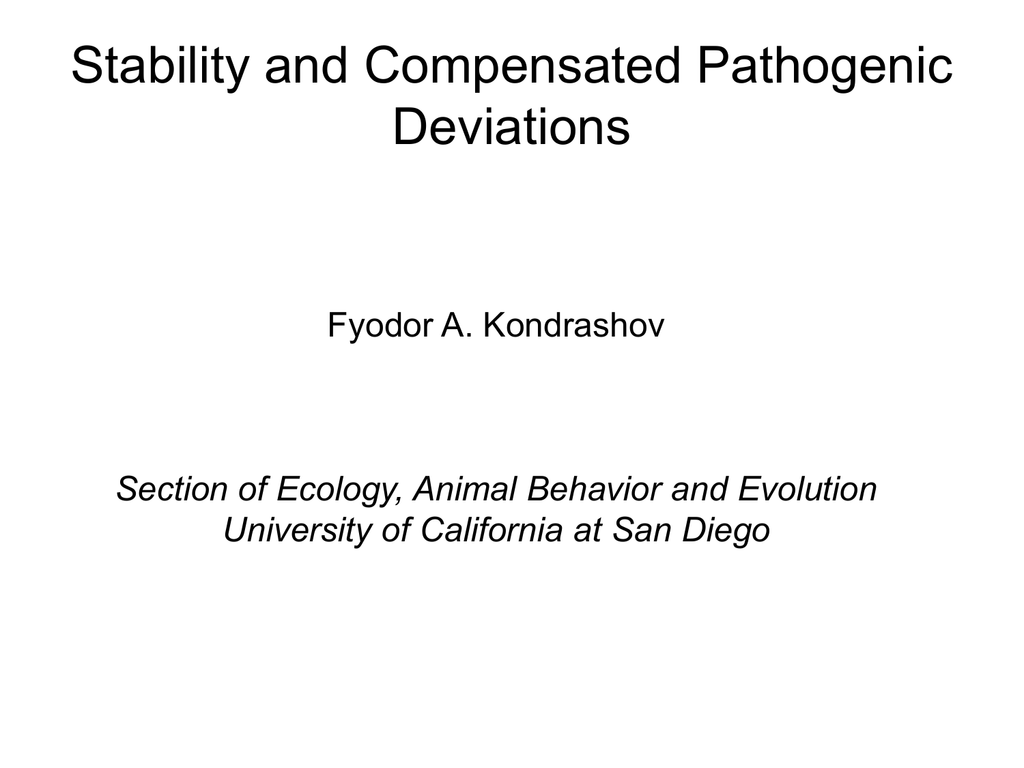

ON is a typical EBV-related neurological disease. In our sample, case 1 was diagnosed with unilateral, postinfective ON, likely secondary to EBV infection. Isolated PON was described in the 17% of 53 pediatric patients studied along a mean follow-up period of 25 months, with no underlying diseases identified. ON is frequently limited to an isolated and self-limiting event, although the diagnosis of a single isolated optic neuritis (SION) cannot be made if not after a period of follow-up, making the definition of its prevalence more difficult. PON has a potentially high impact on the quality of life, as it may or may not evolve into other ADSs, in particular multiple sclerosis (MS), neuromyelitis optica (NMO), or syndromes related to MOG-IgG antibodies.

The discovery of autoantibodies to the cell membrane water channel aquaporin 4 (AQP4-IgG) and the myelin oligodendrocyte glycoprotein (MOG-IgG) has recently allowed for broadening the differential diagnosis between ADSs. Their pathogenic pathway is similar in all: an immune-mediated inflammatory process leading to demyelination. ON is part of acquired demyelinating syndromes (ADSs), a cluster of diseases with different clinical and radiological features, plasma and liquor biomarkers, and prognosis. While the most frequent cause of AON is a demyelinating disorder, PON derives frequently from a parainfective or paravaccination autoimmune process. The optic nerve inflammation may have multiple etiologies (idiopathic, autoimmunity, infection, granulomatous diseases, vasculitides, paraneoplastic disorders, demyelination). Further prolonged follow-up studies are needed to highlight the predictors of PON evolution, its potential sequelae, and the best treatment options. A careful evaluation of the clinical and investigation findings and the natural course of PON is necessary to define its pathogenic pathway and evolution. We discuss the possible evolution of presenting ON in other ADSs, based on recent literature. We describe four pediatric cases presenting clinically with ON, with different etiopathogenetic pictures: one case had a probable infective etiology, while the others were associated with different demyelinating disorders (MS, NMO, syndrome related to MOG-IgG).

These different PON phenotypes present variable clinical and radiological features, plasma and liquor biomarkers, and prognosis. PON has a high impact on the quality of life as it may or may not evolve into other acquired demyelinating syndromes (ADSs), such as multiple sclerosis (MS), neuromyelitis optica (NMO), or other syndromes related to the myelin oligodendrocyte glycoprotein IgG antibodies (MOG-IgG). Pediatric optic neuritis (PON) may be a clinically isolated and self-limiting event or may present in the context of underlying neurologic, infective, or systemic disease.


 0 kommentar(er)
0 kommentar(er)
